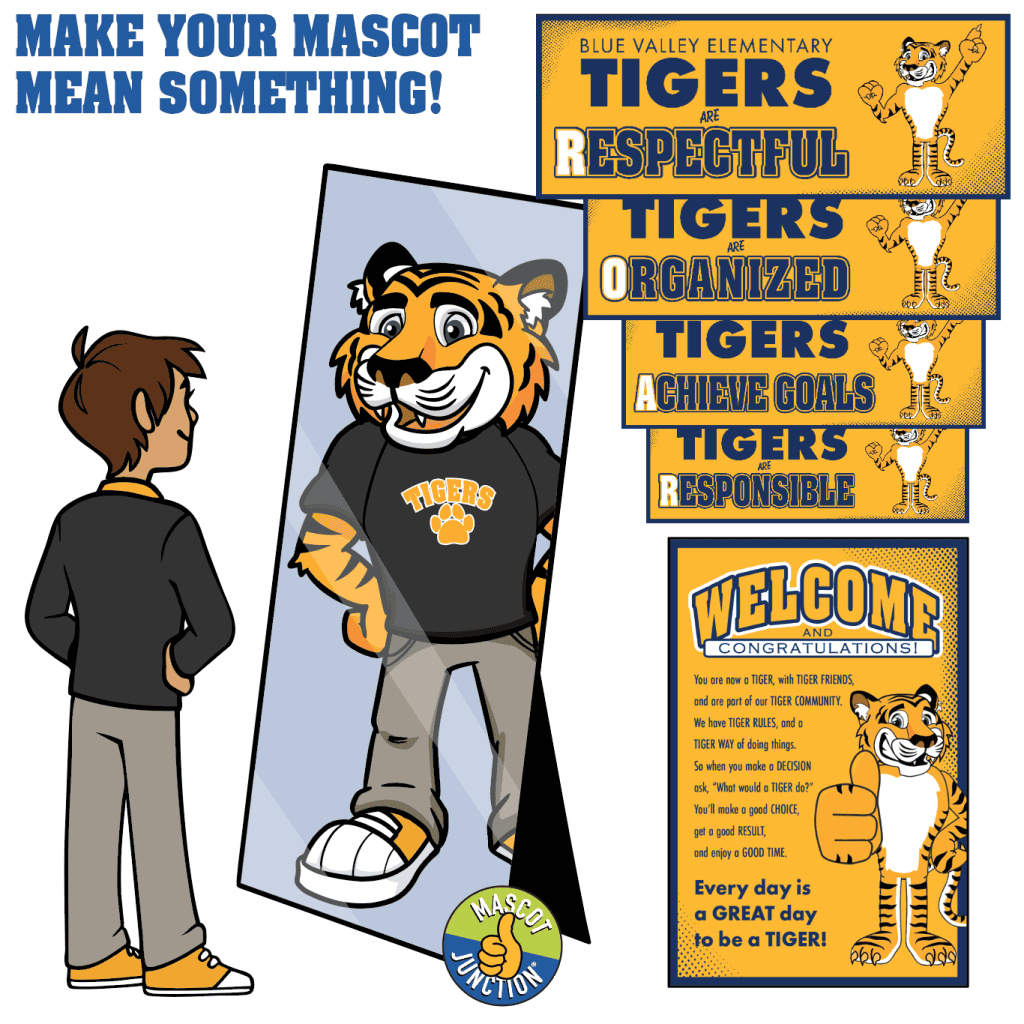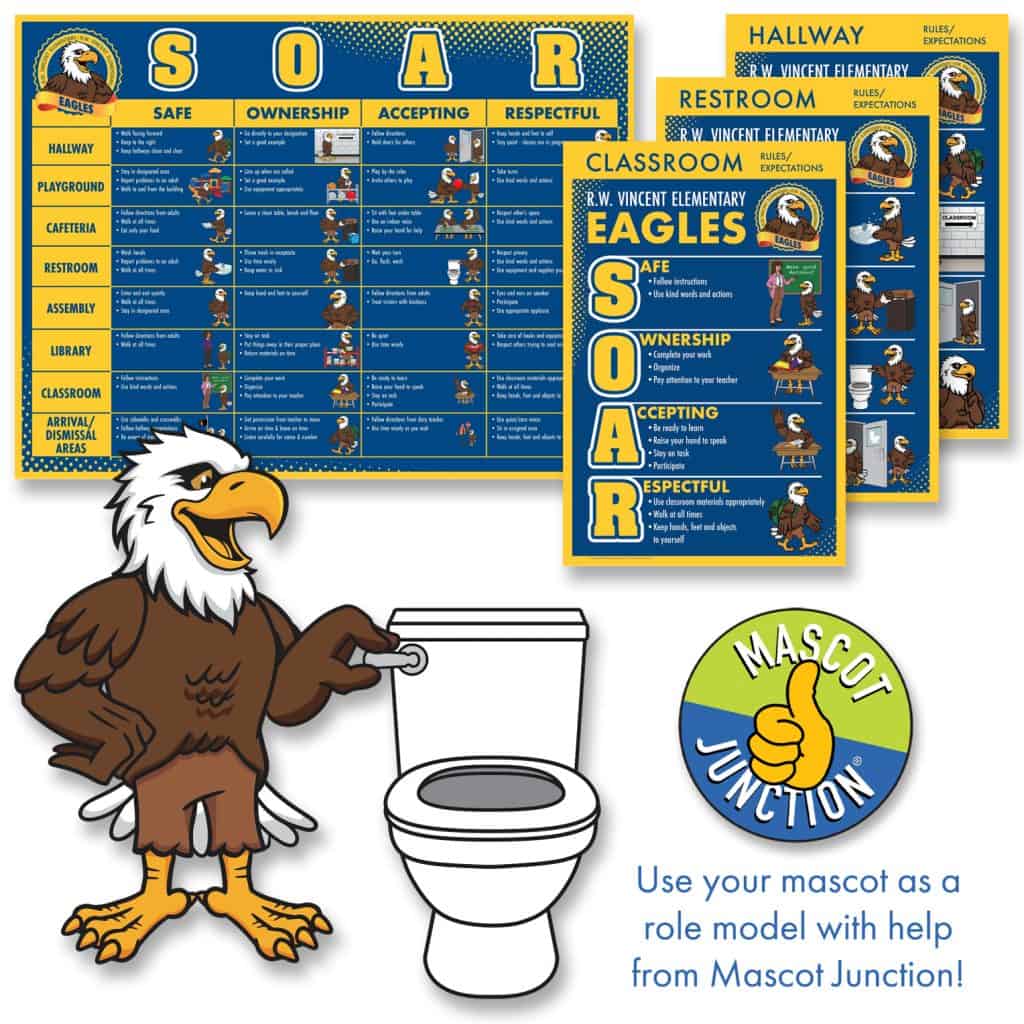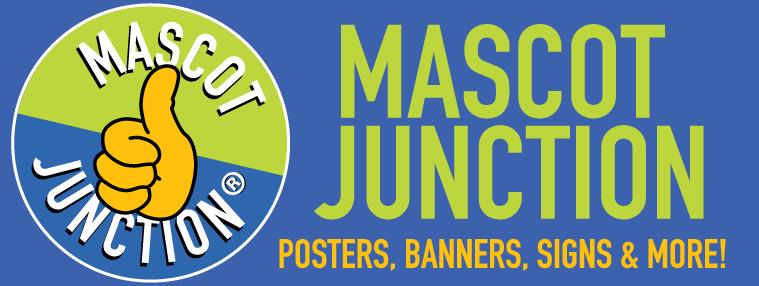
97% of people DO! The other 3% were homeschooled and/or didn’t have a mascot. In fact, that same 97% also said they’d remember it FOR LIFE!*
That’s what makes your school mascot such a powerful teaching tool. If you use it as a memory hook for core values like RESPECT or RESPONSIBILITY, students are more likely to carry those values as guiding principals for their entire life.
Why is a mascot so memorable? It’s because it comes to us at a point in life when we are trying to figure you who we are and how we fit it. It is part of our personal history – part of who we are. To forget your school mascot would be like forgetting your middle name. It’s just not going to happen.
That’s why it’s imperative to MAKE YOUR MASCOT MEAN SOMETHING!
Your mascot is also part of your Self-Image, and that’s important because your Self-Image is your internal auto-pilot system for making decisions. Humans are hard wired to act consistent with their self-image, for better or worse. If you think you are a failure, you’re likely to fail. Henry Ford once said it best when he said, “Whether you think you can or cannot, you’re right.”
It is also human nature to desire social success in the group you self-identify with. You can use your mascot to create a roadmap for behavioral success in your student body. The Welcome Poster in the picture says it well: “You are now a TIGER, with TIGER friends, and are part of our TIGER community. We have TIGER rules and a TIGER way of doing things. So when it comes time to make a decision, just think of what a TIGER would do, and you’ll make a GOOD decision, get a GOOD results, and enjoy a GOOD time.”
We tacked the emotional reward of having a good time at the very end because of its importance.
The last line, “Every day is a GREAT day to be a TIGER!” also references one of the key benefits of creating a mascot-centric school culture. What makes every day a great day to be a tiger is that, no matter what happens, you are surrounded by friends – like-minded individuals that you have common ground with. We’ve written a short story to illustrate this point. Click here to find your mascot’s version of the short story.
*Based on a survey to 4,000 people in 2018.

Imagine your mascot flushing a toilet, washing its hands or throwing trash away responsibly. Mascot Junction can make it happen. We specialize in helping schools use their mascot as a role model to teach positive behavior and support PBIS programs.
By featuring your mascot actually demonstrating the positive behaviors in your program, you are communicating at-a-glance. No reading necessary. This is excellent for non-readers, low-readers and even good readers who just don’t take the time to read the words in your matrix or rules posters. “A picture is truly worth a thousand words.”
Integrating your mascot into your PBIS program helps get enthusiastic buy-in from students and staff, plus it dove-tails seamlessly with everything else you do at your school.
Our kid-friendly mascots help make your school culture highly engaging and inclusive. We have more than 200 mascots and over 30,000 illustrations of them. Find your mascot here and see samples of posters, banners and signs featuring it.

